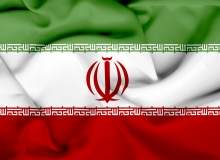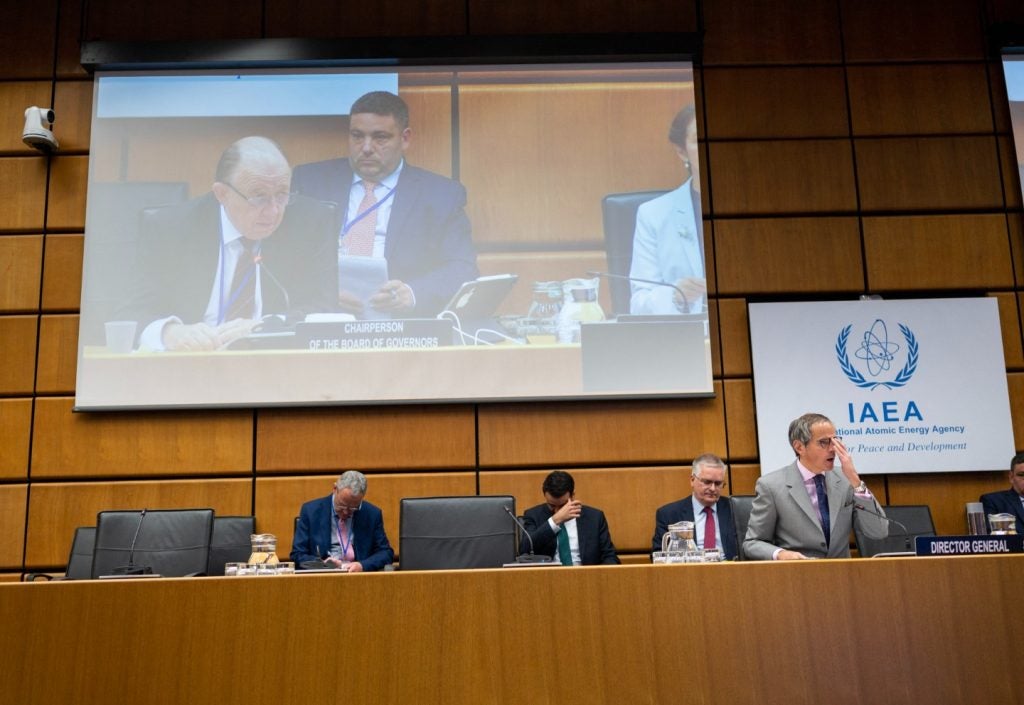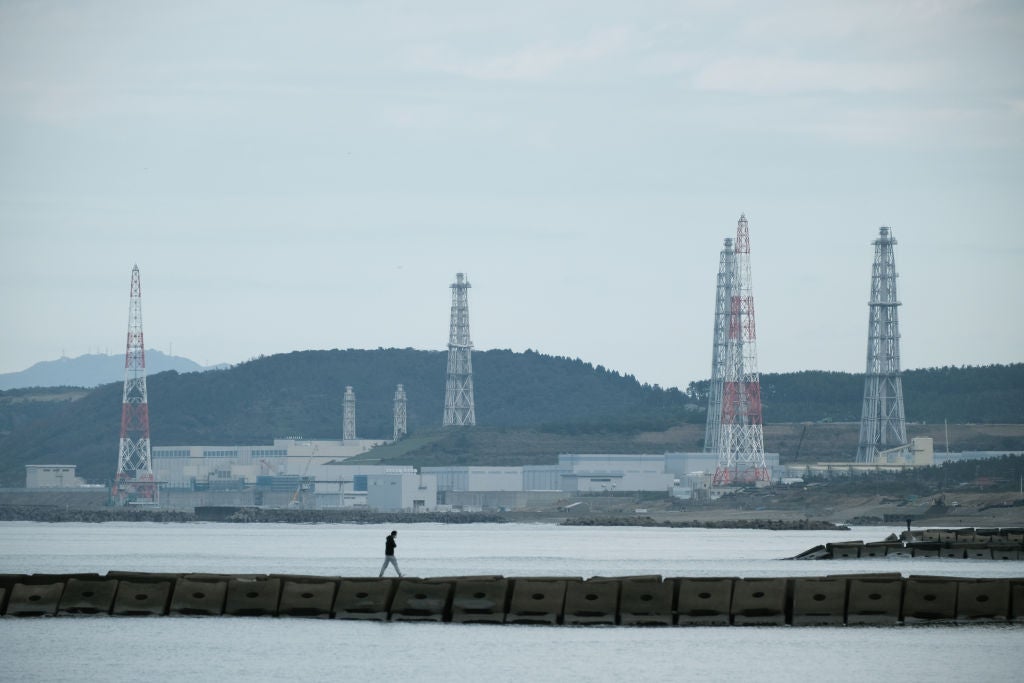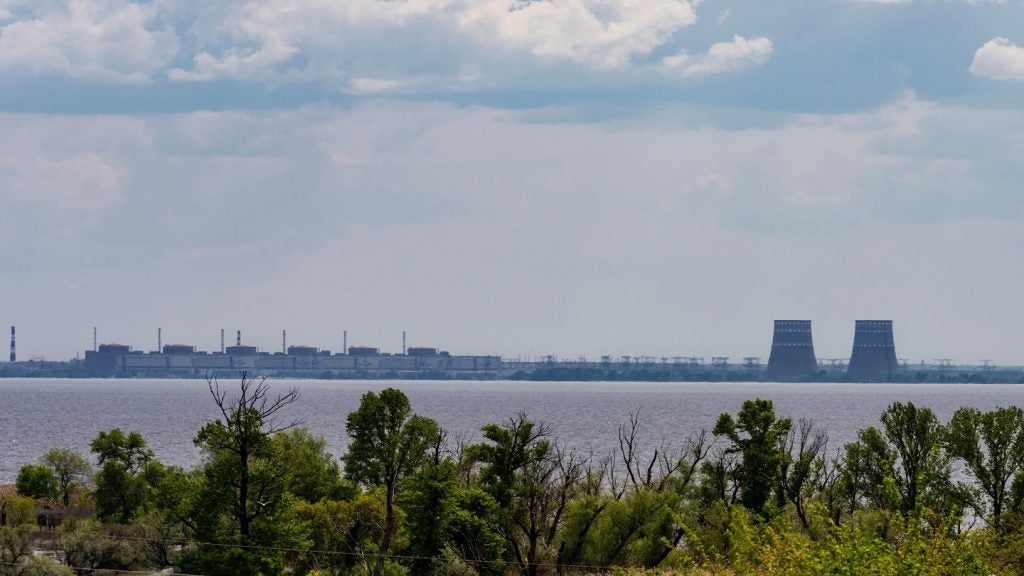
The embargo on Iran, led by the US and EU has isolated Iran from the global fiscal transit system, and has impeded energy trade, marine transit, and foreign direct investment initiatives. This has significantly diminished the country’s ability to earn foreign reserves, which has had the effect of devaluing the Iranian rial by as much as two thirds against the US dollar, putting pressure on imports and pushing inflation to above the 40% mark in 2013. In the fiscal year ended 2012, Iran’s Gross Domestic Product (GDP) shrank by 5.4%, while imports and exports plummeted by 20% and 28% respectively.
An accord to ease restrictions, which came in to affect in January, has however resulted in almost instantaneous results, a strong signal of what Iran can offer. Imports of Iranian oil reached 1.65 million barrels a day in February, the highest level since June 2012. The accord eased restrictions on insurance for Iran’s oil shipments also freeing up capital in return for a suspension of some parts of the country’s nuclear program.
In a monthly oil report the IEA said that "Imports of Iranian oil are running well above 2013 levels for the third consecutive month. Imports from Iran could remain high for April"
Diplomats from Iran and the West are set to meet again on May 13, before a July deadline for decision on future sanctions. Considering Iran’s potential to grow as a major economy, and in order for the world to benefit from its enormous energy reserves, it is imperative that the regime limits its nuclear proliferation and fosters trade and commerce.
Sanctions relief deal with G5+1
What would Ukraine’s energy future look like without Russia?
How well do you really know your competitors?
Access the most comprehensive Company Profiles on the market, powered by GlobalData. Save hours of research. Gain competitive edge.

Thank you!
Your download email will arrive shortly
Not ready to buy yet? Download a free sample
We are confident about the unique quality of our Company Profiles. However, we want you to make the most beneficial decision for your business, so we offer a free sample that you can download by submitting the below form
By GlobalDataThe six-month interim relief (signed on November 24, 2013 between Iran and six global powers), which the US State Department termed "limited, temporary, targeted and reversible," allows Iran to accrue up to $1.5 billion by trading precious metals, automobiles and petrochemicals. It also includes waivers on EU shipping and oil cargo insurance that would allow Iran to augment crude exports of 400,000 barrels per day (bd). Iran will be able to repatriate $4.2 billion (and up to $7 billion if it sticks to its side of the deal in the next six months) of oil revenue in installments from frozen bank accounts worldwide.
It is estimated that more than $100 billion of Iran’s foreign exchange holdings are currently frozen in such accounts. However, the EU crude oil ban will remain in place and will limit the sanctioned level of crude exports, which accounted for approximately 80% of its export earnings in 2012, to 1 million bd from pre-sanction levels of 2.5 million bd, suggesting an immediate boost of 250,000 bd in crude exports from the 750,000 bd recorded in October 2013.
The balance of the non-oil trade shriveled due to the depreciation of the rial in 2011 and 2012, which contributed to the achievement of a higher export revenue of $17.9 billion and a concurrent reduction in imports of $19.2 billion in the first six months of the current Iranian fiscal year. Iran’s industrial exports increased at an annual average rate of 6.7% during the period from 2005 to 2012 and are expected to grow at a rate of 6.8% until 2015.
Post-sanctions relief prospects
The implementation of the deal to curb Iran’s nuclear program in lieu of sanctions relief began in January 2014 and will depend upon an investigation carried out by the International Atomic Energy Agency, which will establish whether Iran is fulfilling its side of the deal. The sanctions relief has been denounced by many states, including Israel and Saudi Arabia, which may cause problems.
Iran must expedite its economic sustainability program through structural reforms in subsidies, the banking and corporate sectors, and monetary and fiscal policy frameworks; the easing of export duties; gaining the ability to repatriate currency revenue; implementing export-promotion policies and incentives; creating a High Council for Exports that would be responsible for addressing issues in export activity; and leveraging growth in the non-oil commodity trade in order to reduce its exposure to sanctions and dependence on oil as a major driver of the economy.
Demographically, Iran is well-positioned to undertake reforms, since it is a well-educated country with a youth literacy rate of nearly 100% and more than half of its population is under the age of 35 years. Its strategic location and control over the Strait of Hormuz, where 40% of the world’s oil transit takes place, along with its recoverable reserves, which amount to 154 billion barrels of oil and 35 trillion cubic meters of gas, make it a vital global economy.
Despite sanctions exports are set to increase
Iranian crude importer countries such as China, India and South Korea, which reduced their purchases in order to comply with the sanctions compliance review on December 2, 2013, may increase their crude purchases to contracted volumes, providing an interim boost to dwindling exports. Iran has been under-investing in its fields and is facing myriad project startup delays and issues due to demand inhibitions from importers, and this may mean that it will take years to ramp its production back up to pre-revolution levels of 6 million bd. However, the country has boosted its strategic fuel reserves to 100 million barrels and looks set to increase its exports to 250,000 bd by the end of 2015.
Following this nuclear deal, Iran may also attract private investment in the automobile, construction, manufacturing, and healthcare sectors. Iran’s auto market is ranked as the world’s sixth fastest developing market, with potential annual demand amounting to approximately 1.5 million cars and car parts. Car production in Iran declined by 72% in 2012 compared with 2011, when an estimated 1.6 million cars were produced in the country. Popular car brands such as Peugeot sold more than 450,000 cars annually in Iran before the introduction of sanctions, and Renault sold more than 100,000 cars in 2011 before pulling out. The easing of trade hindrances, due to shipping and payments is also expected to pique interest in opportunities for foreign investors in Iran that did not appear promising before the deal.
The Iranian construction sector could see enduring growth in coming years despite the sanctions, driven primarily by the policy and investment scenario set out in the country’s future infrastructural development plan. In particular, industries such as steel, cement, refineries, petrochemicals, roads, rails, ports, residential and non-residential construction and energy are expected to register substantial growth.
Although humanitarian products such as medicines were exempt from sanctions, in practice supplies have been disrupted because banks and companies have been wary of doing business with Tehran. This could now start to change, which would increase the flow of Western prescription drugs to the country, and also the number of Turkish banks resuming the processing of overseas payments. However, bigger companies appear reticent on the subject of the resumption of bilateral trade and are adopting a wait-and-watch approach to the next six months.


.gif)




